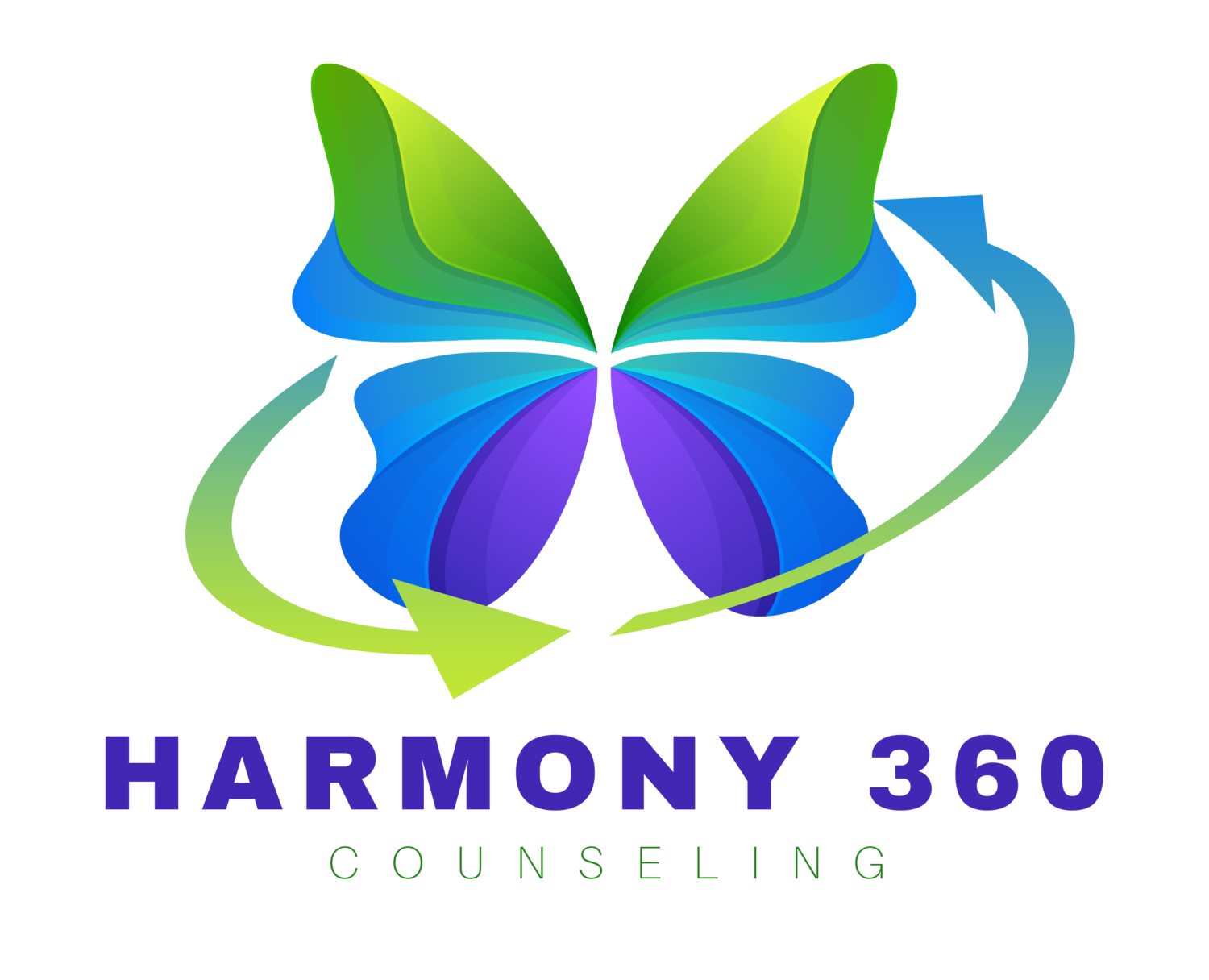Finding Balance: A Guide to Detoxing and Disconnecting from Social Media
By: Kristian Gibson-Ford, LCSW
In today's digital age, social media has become an integral part of our lives, offering connection, entertainment, and information at our fingertips. However, excessive use of social media can lead to feelings of anxiety, comparison, and overwhelm. It's essential to strike a balance between staying connected and disconnecting to prioritize our mental well-being. In this guide, we'll explore practical strategies to detox and disconnect from social media, allowing for a healthier relationship with technology and ourselves.
1. Set Boundaries:
Establishing clear boundaries around social media usage is crucial for maintaining balance. Determine specific times of day or durations for using social media and stick to them. Consider implementing technology-free zones in your home, such as during meals or before bedtime, to promote presence and engagement with the real world.
2. Identify Triggers:
Reflect on what triggers excessive social media use and address them proactively. Whether it's boredom, stress, or a desire for validation, understanding your triggers can help you develop healthier coping mechanisms. Replace social media scrolling with activities that fulfill you mentally, emotionally, or physically, such as reading, exercising, or spending time with loved ones.
3. Curate Your Feed:
Take control of your social media experience by curating your feed to align with your values and interests. Unfollow accounts that evoke negative emotions or promote unrealistic standards. Instead, follow accounts that inspire, educate, or entertain you in meaningful ways. Cultivate a digital environment that nourishes your mind and soul.
4. Schedule Tech-Free Time:
Designate specific periods each day or week for tech-free activities. Use this time to engage in hobbies, connect with nature, or simply relax without the distraction of screens. Whether it's going for a walk, practicing mindfulness, or pursuing a creative endeavor, tech-free time allows for deeper connection with oneself and the world around us.
5. Practice Mindful Consumption:
Approach social media usage mindfully by being intentional about what, when, and how you engage with it. Before scrolling, ask yourself why you're using social media and whether it aligns with your current needs and goals. Limit mindless scrolling by setting a timer or using app blockers to enforce breaks and reduce screen time.
6. Foster Real-Life Connections:
Prioritize face-to-face interactions and meaningful connections with friends, family, and community members. Plan outings, gatherings, or activities that allow for genuine connection and shared experiences. Investing in real-life relationships not only reduces reliance on social media but also enhances overall well-being and social support networks.
7. Embrace JOMO (Joy of Missing Out):
Shift your mindset from FOMO (Fear of Missing Out) to JOMO (Joy of Missing Out) by embracing moments of disconnection. Recognize that taking breaks from social media allows you to focus on yourself, cultivate presence, and savor the richness of offline experiences. Embrace the peace and contentment that come from disconnecting and being fully present in the moment.
In conclusion, detoxing and disconnecting from social media is a journey towards reclaiming control over our digital lives and nurturing our mental well-being. By setting boundaries, identifying triggers, curating our feeds, scheduling tech-free time, practicing mindful consumption, fostering real-life connections, and embracing the joy of missing out, we can find balance in our relationship with social media and prioritize what truly matters in life. Let's embark on this journey together, one mindful step at a time.

